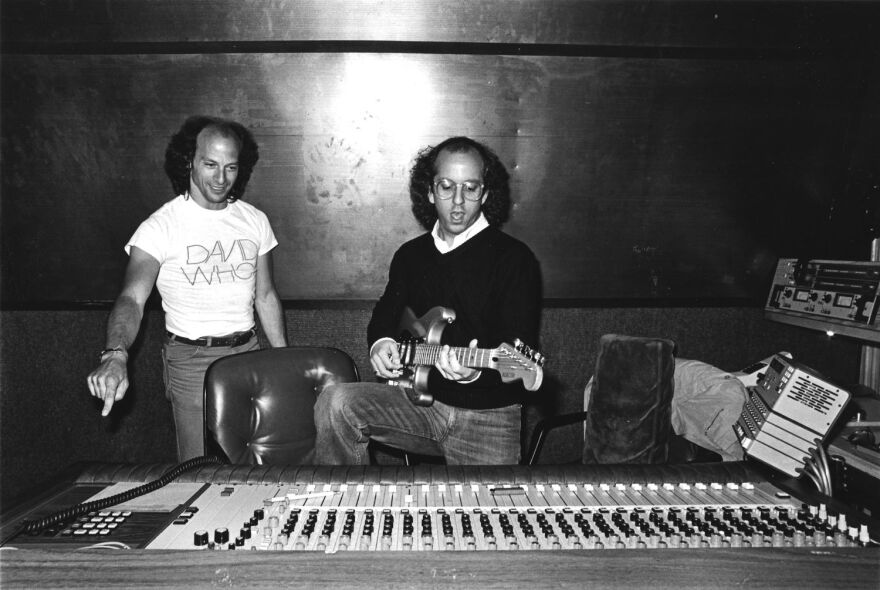The world is full of unrealized ideas. Anyone can have an idea, but it takes a special kind of person to put it into action. Today we have tools that help make our ideas come to life with ease. All these new AI tools make it easier than ever to put ideas into action. But what it can’t do—at least not yet, I don’t think —is have the desire to make an idea come to life.
Think about what it was like when, if you had an idea—say, merging disco, new-wave pop, and old rhythm and blues—you had to create it from scratch. You had to make every sound, painstakingly and patiently, know when it was wrong and when it was right, and commit.
Steven Greenberg had ideas, and he didn’t just talk about it, talk about it, talk about it, talk about it.
Greenberg is not analytical about his work or his motivations. From early on, his intuition and entrepreneurial nature kept him moving, grooving with some energy. And while he has spent most of his life in the Twin Cities, where he was raised, his natural curiosity and energy always kept him in motion.
He was born in 1950, the youngest of three, and his siblings were quite a bit older than him so he had a very wide set of musical and cultural influences. He started as a drummer and then became one of the first party DJs—maybe in the country. Eventually, he realized that rather than just spinning other people’s dance records, he could make his own. That’s how he came to write one of the most iconic dance hits in history: “Funkytown.”

Of course, he didn’t release it as Steven Greenberg’s Funkytown. He created the group, Lipps, Inc. In reality, the group was Greenberg, singer Cynthia Johnson (later replaced by Margie Cox and Melanie Rosales), and session musicians.
“Funkytown” put Lipps, Inc. on the map at a time when popular music was pre-Prince and post-punk. Greenberg likes to say that the obituaries for disco were already being written, but Lipps, Inc. put the funeral on hold.
The song was a true crossover success. Starting in the dance charts, it moved to the Black charts and eventually the pop charts, where it sat at Number One for a month in the summer of 1980. It then devoured the international charts, selling over 20 million copies in over 40 countries worldwide. But “Funkytown” wasn’t just a hit—it was a phenomenon. It’s not just a song. It’s a fact of life.

Musically, it sat between disco and new wave, serving as a bridge as the tides of popular music shifted. It also helped anticipate the synth-driven pop explosion of the 1980s, with its pulsating beat and electronic textures foreshadowing what was to come.
Despite Lipps, Inc. releasing four albums and achieving a few other charting songs, “Funkytown” remained their defining success.

Greenberg’s story is one of unwavering dedication to his creative instincts. His meticulous approach to “Funkytown”—crafting it from the ground up in an era before digital shortcuts—contrasts sharply with modern production methods, where music can be assembled in minutes using pre-made loops and AI-assisted tools. His success underscores the difference between having an idea and the discipline required to bring it to life.

His nephew, producer and musician John Fields, who was featured in a 2018 episode of The Third Story, where he talked about how his uncle mentored him and encouraged him. That relationship is important to both of their stories. Today, Steven shares his perspective.




